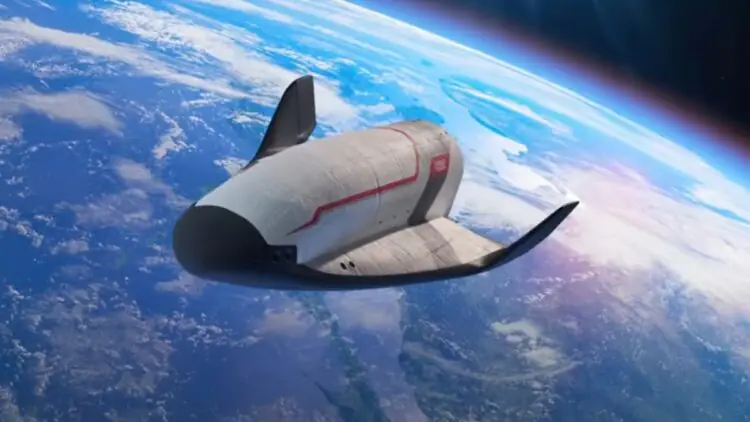What might the future of orbital spacecraft look like? Dassault Aviation – a well-known French aircraft manufacturer – offers one possible answer. At the Paris Air Show, the company unveiled its concept for a reusable orbital spaceplane called the Véhicule Orbital Réutilisable de Transport et d’Exploration (VORTEX).
The vehicle combines elements of both a space shuttle and a jet aircraft. It launches atop a rocket but returns to Earth like a conventional plane, landing on a runway.

The VORTEX concept emerges against the backdrop of a broader industry shift toward reusable space systems. While most current missions rely on capsules to transport cargo and crew to orbit, Dassault is proposing a different approach – a fully functional aerospace vehicle capable of controlled atmospheric reentry, orbital maneuvering, and runway-precision landings.
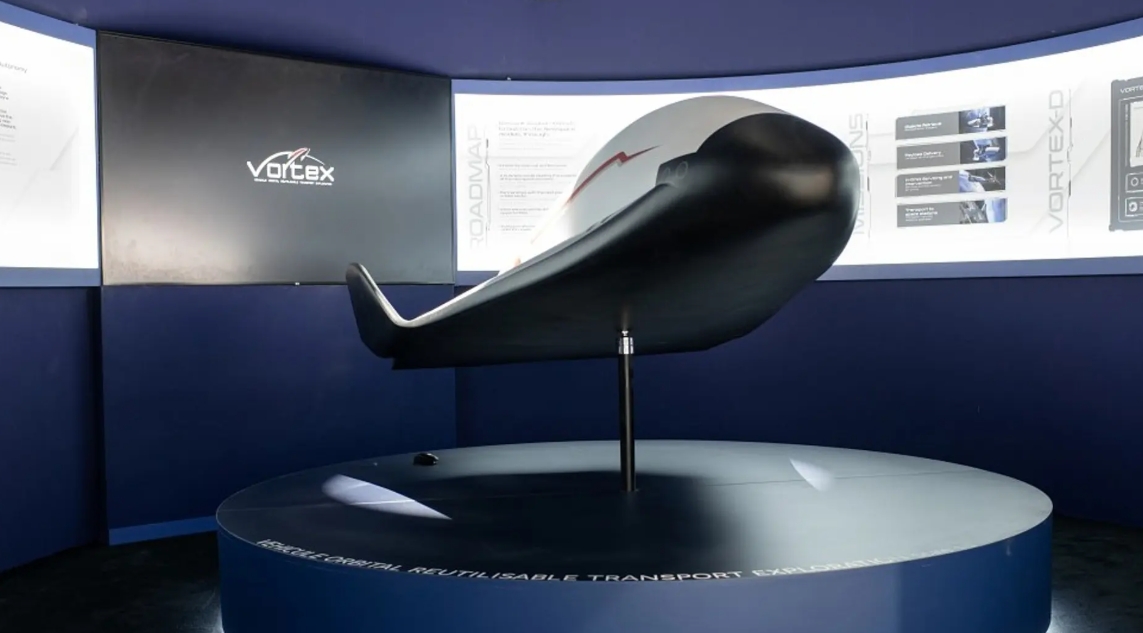
This isn’t Dassault’s first foray into the space sector. The company has previously been involved in projects such as Hermes, IXV, X-38, VEHREA, and VSH. Now, with €30 million in funding from the French Ministry of the Armed Forces and expected support from the European Space Agency (ESA), Dassault plans to execute the ambitious VORTEX project in four stages:
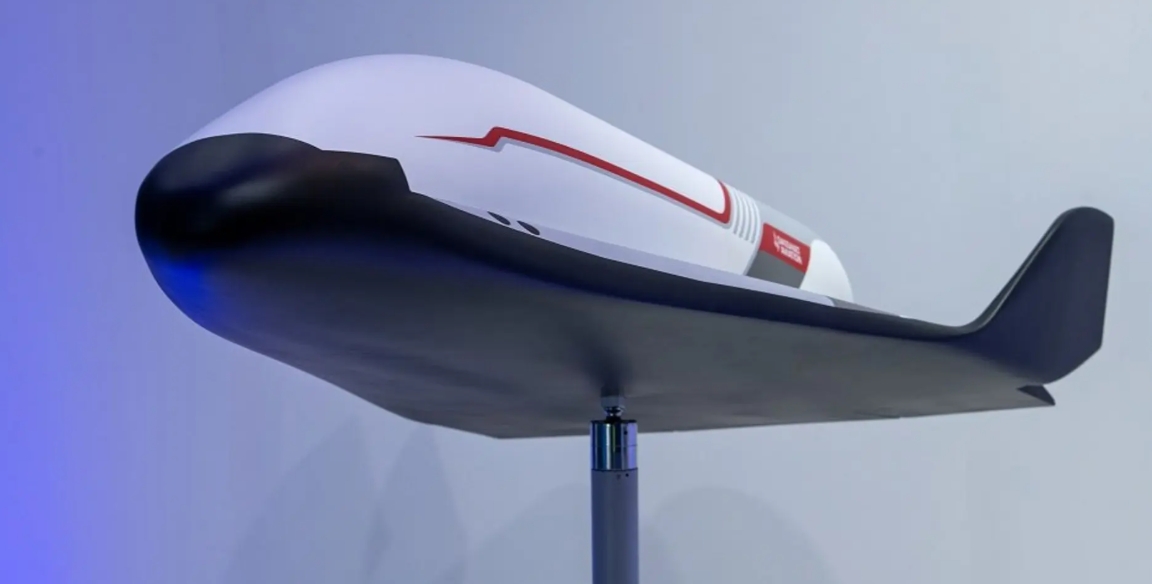
- VORTEX-D – a one-third scale demonstrator, measuring 4 meters in length with a 2.5-meter wingspan. It will be used to test the vehicle’s structural behavior during hypersonic atmospheric reentry.
- VORTEX-S (Smart Free Flyer) – a two-thirds scale prototype.
- VORTEX-C (Cargo) – a full-scale cargo version designed for uncrewed orbital missions.
- VORTEX-M (Manned) – a crewed model, 12 meters long with a 7-meter wingspan, intended for transporting people.
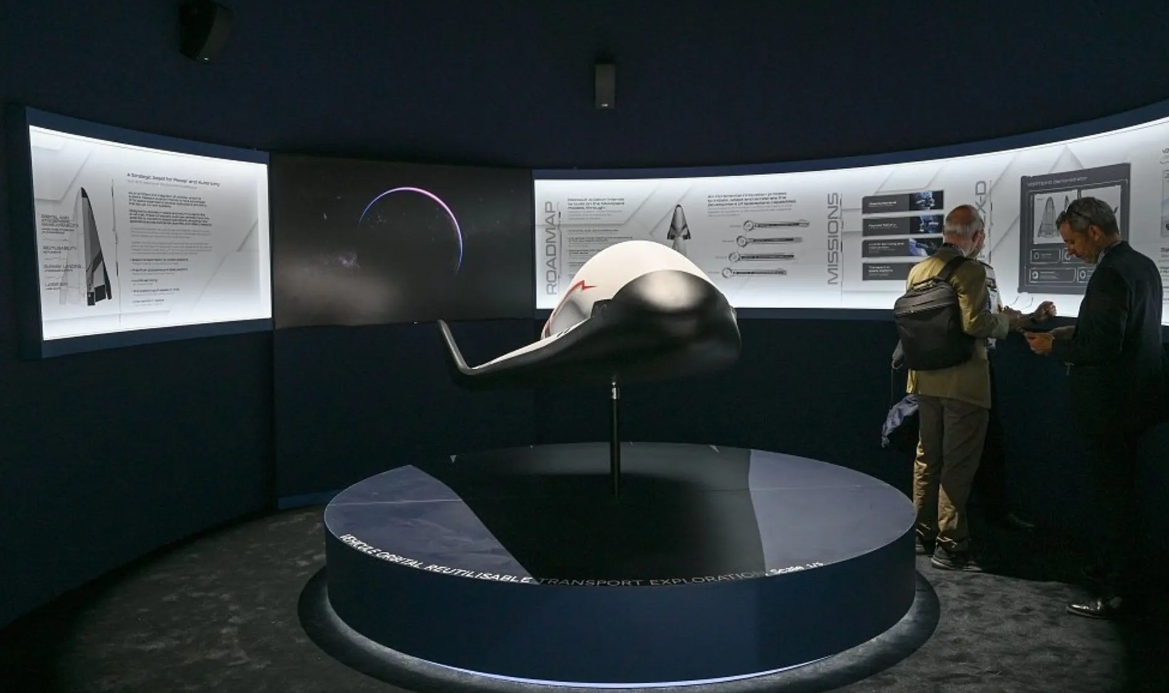
The project is designed to be fully reusable and capable of handling a wide range of missions: transporting cargo and crew to orbit, servicing satellites, operating as an autonomous platform, and supporting military space operations. VORTEX features a large payload bay and doesn’t require a payload fairing, which simplifies the launch process and reduces overall costs.
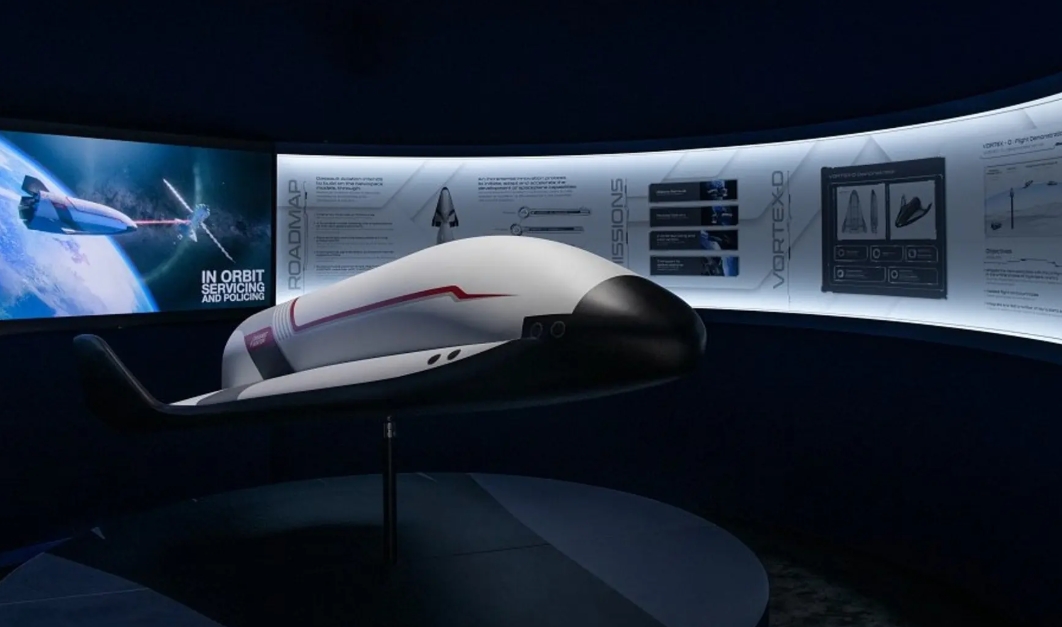
“As with our other aircraft, VORTEX is about versatility,” said Éric Trappier, CEO of Dassault Aviation. “This spaceplane marks a step toward a new generation of aerospace solutions, strengthens France’s strategic autonomy, and opens new possibilities for space utilization.”
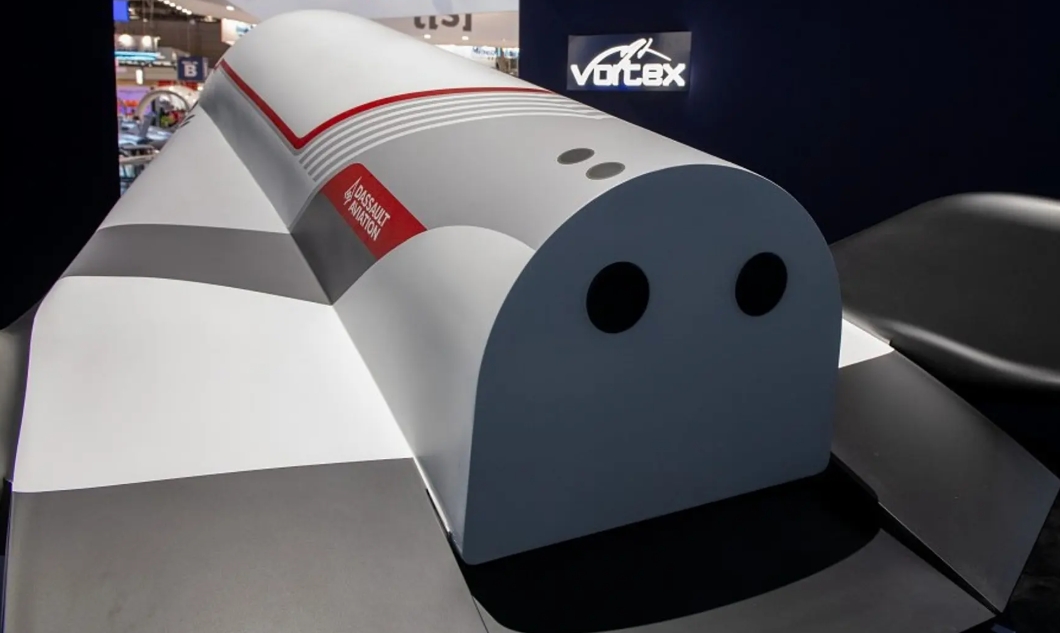
VORTEX represents a renewed effort to merge aviation and space technologies into a single transport platform. If the concept is brought to fruition, France could position itself as a leading player in the next generation of reusable space systems.
Source: NewAtlas


